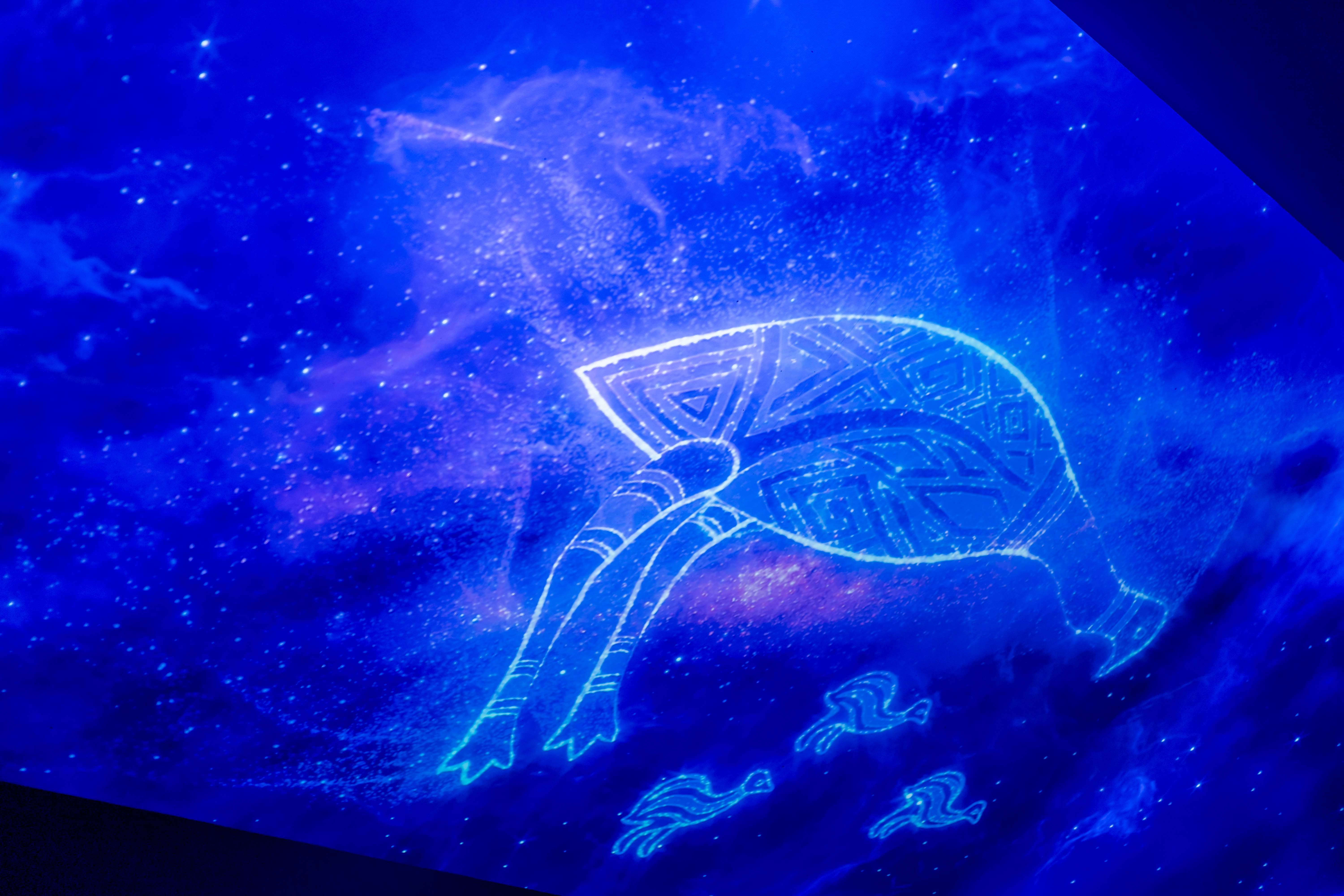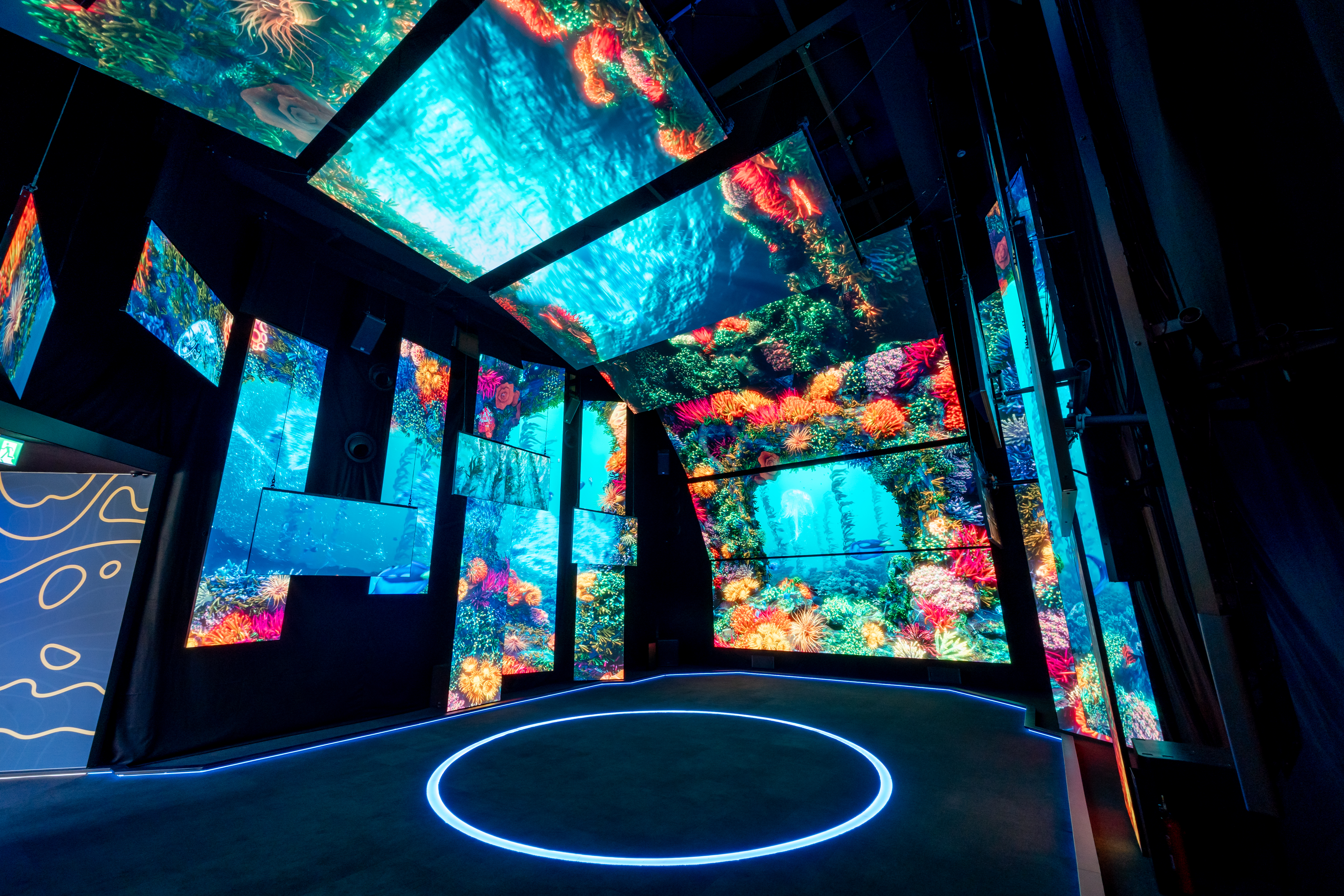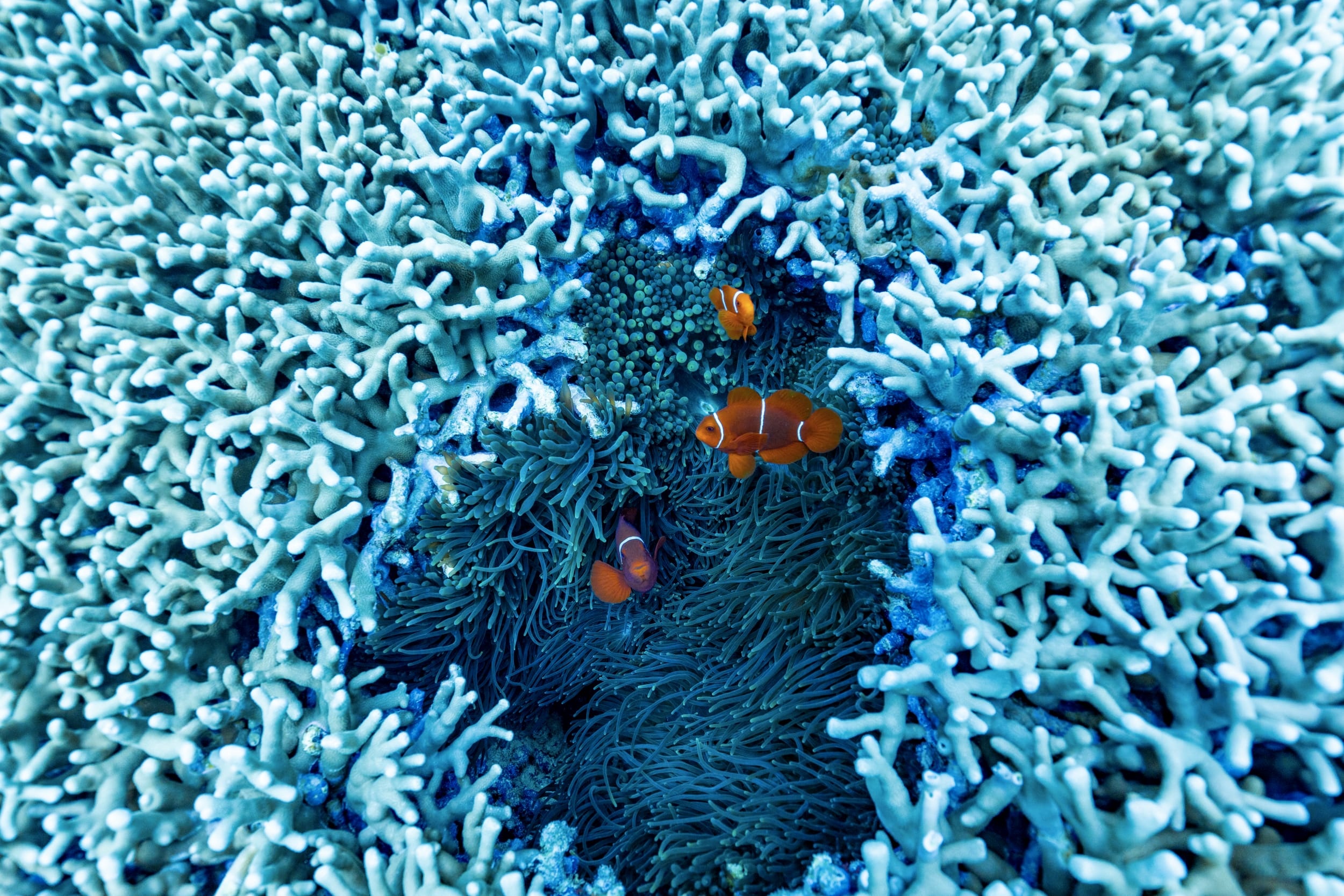Ancient Wisdom for a Modern World
How can ancient knowledge help us build a future society?
How people relate to land differs depending on where they live – the Australian environment is very diverse and includes rainforests, deserts, mountains, woodlands, vast plains and coastal regions. This diversity continues to shape and inspire a modern Australian society.

Did you know that there are over 200 Indigenous cultures in Australia, each with their own distinct language, customs, beliefs and stories?
‘Country’ is a concept that captures Indigenous Australian’s relationships with land and all living things. Country includes animals, plants, people – it also includes the sky, sea, currents, winds, rain, rivers, stars, sun, moon and even rainbows! Everything has a story – and everything is connected.

Indigenous people have maintained vast and complex networks to manage resources over thousands of years. These networks span the continent and are woven together by ancient stories and songs. Connection to culture and country are important factors that enable these networks to keep operating today – and these networks now operate on a global scale.
Australia is proud to be home to the oldest living continuous cultures on the planet.
Land
There are six Australian animals hidden in the eucalyptus forest. Stop, listen for their sounds and look for them amongst the trees.
Can you notice some tree carvings in the forest? This is an ancient practice for Indigenous Australian people which is used for place making and for ceremonies. The carvings become a part of tree for generations and generations, passing on the stories within the designs.

Sky
What animal can you see in the night sky?
This is the story of the emu in the sky – Indigenous Australians read the night sky and with this story follow the time of year and the season.
Look for when the emu is drinking water, this is an indication that rainy season is coming. What are the signs that you see when the rainy season is arriving?

Sea
Australia has a unique marine environment that is rare in the world.
How do we safeguard our marine environment for future generations? Can you spot some examples of how we care for Country?
How many different kinds of marine environments can you see?

How can ancient knowledge help us build a future society?
Can you imagine what your neighbourhood might have looked like 10, 20 or 30,000 years ago?
Is the wind and rain – or the animals and the trees still the same?


